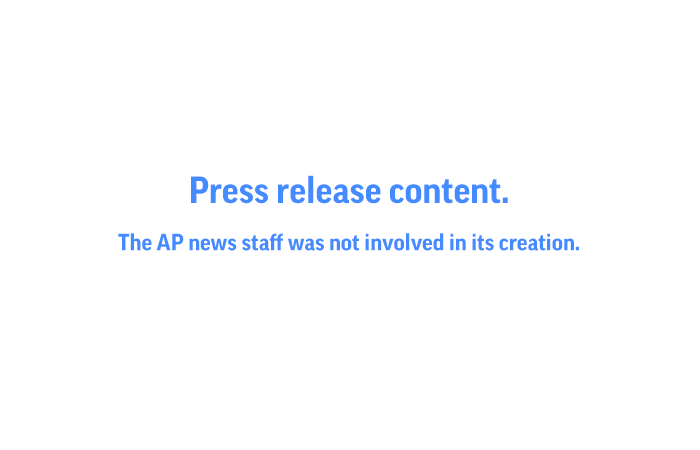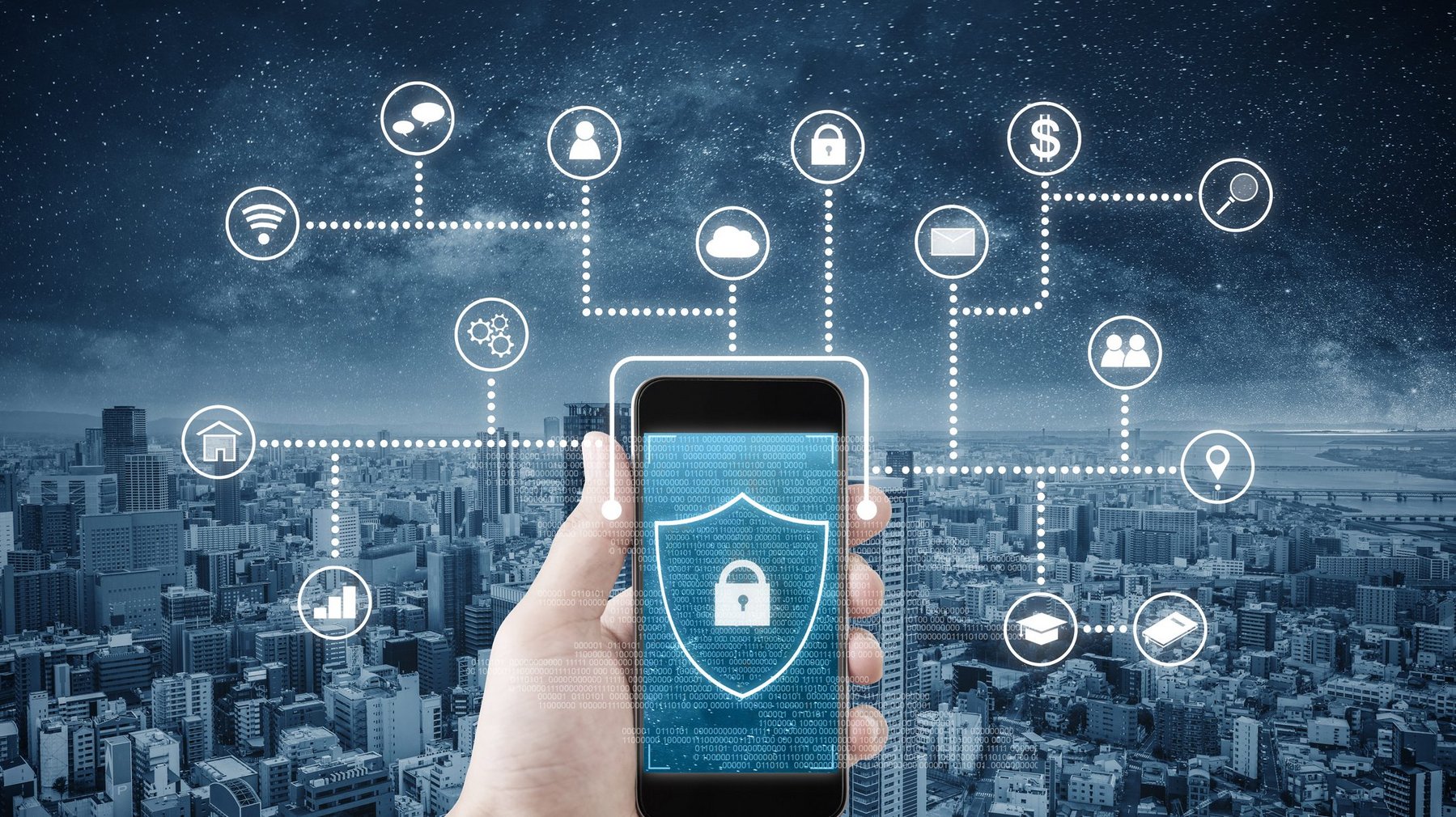This was H1 2022 – Part 1 – The Fight Against Cybercrime
After many long lockdowns, the information technology industry woke up to a new reality. Cyber crime was too widespread and heavily resourced. Hybrid architectures had grown too complex to be able to provide adequate defense, resulting in new larger threat surfaces.
To make matters worse, there was a lack of skilled security professionals who could pick up the pieces and close the gaps quickly. Cybercrime was the new pandemic, and it was growing year after year. Fortunately, parties that fight against cybercrime have formed an unseen alliance, without borders, across public and private partnerships, and governments and law enforcement agencies. Their actions might not always be as visible as the next record ransom payment or data breach, but they are making waves, sending messages, and getting noticed by the criminals.
This blog emphasizes the increased efforts and successes of law enforcement and the global security community in their fight against cybercrime. It’s part of a three part series that takes a thematic look at cyber activities from the first half of 2022. The second post focuses on the cyber events leading up to and occuring as a consequence of the invasion of Ukraine by Russia. The third and final post in our series will cover events, attacks and heists beyond the cyber war.
Our first post starts in January 2022 with an arrest of one of cybercrimes most notorious gangs.
January 2022
On January 14, Russian authorities announced the arrest of 14 members of the REvil ransomware gang, confiscating over $6,5 million, 20 luxury cars, computer equipment and cryptocurrency wallets. REvil emerged in April 2019 from the void left behind by the shutdown of the GandCrab operation. In less than a year, the gang became the most prolific ransomware group, collecting some of the highest ransoms from its victims. REvil’s most publicized hit was the Kaseya supply-chain attack that crippled almost 1,500 businesses globally. The group, unable to negotiate with all victims individually, made a one-time offer for a universal decryption key to decrypt all organizations for a single sum of $70 million in Bitcoin. The Kaseya attacks prompted a harsh response from the US, with…




